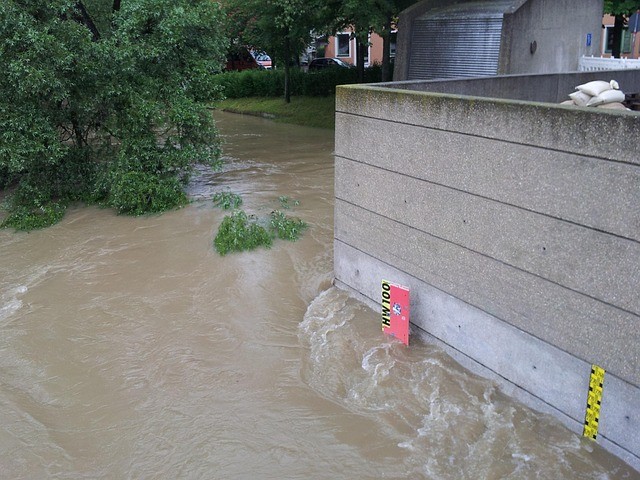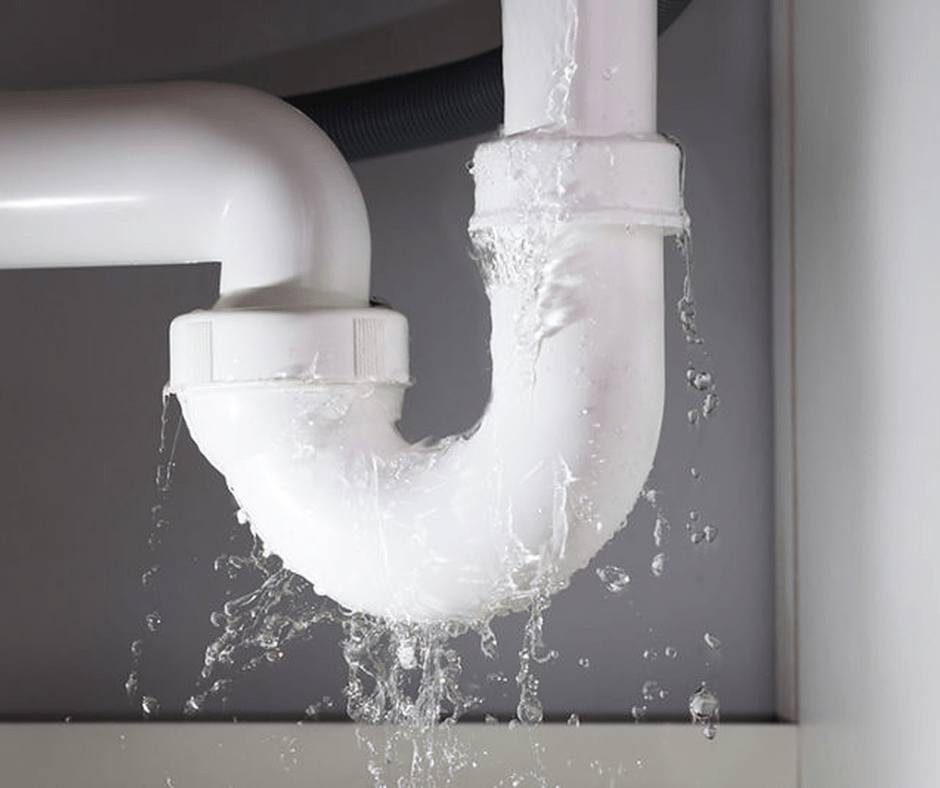Protecting Your Property: Tips to Prevent Future Water Damage
Water damage can be devastating, leading to costly repairs, mold growth, and significant disruption to your life. While some disasters are unavoidable, a surprising amount of water damage results from preventable issues – leaky appliances, neglected plumbing, or poor exterior drainage. By taking proactive steps, you can significantly reduce your risk of a water-related catastrophe.
At Technique Flooring & Restoration, we don’t just restore after damage; we also believe in empowering homeowners with water damage prevention tips, helping you protect your most valuable asset.

Why Prevention is Key for Protecting Your Property
An ounce of prevention is truly worth a pound of cure, especially when it comes to water damage. Here’s why being proactive is so important:
- Cost Savings: Repairing water damage can be incredibly expensive, involving structural repairs, mold remediation, and replacing flooring and belongings. Preventing it saves you money.
- Health Benefits: Undetected moisture can lead to mold growth, which poses serious health risks, particularly for those with allergies or respiratory issues.
- Preserving Property Value: Water damage, especially chronic issues, can significantly devalue your property.
- Peace of Mind: Knowing you’ve taken steps to mitigate risks brings invaluable peace of mind.
Essential Tips to Prevent Future Water Damage
Here are actionable steps you can take to safeguard your home against water-related incidents:
Appliance Maintenance: Your Indoor Water Sources
Many common household appliances are prime culprits for leaks. Regular checks are crucial for protecting your property.
- Washing Machines: Inspect hoses annually for cracks, bulges, or leaks. Replace rubber hoses with braided stainless-steel ones every 3-5 years. Ensure the machine is level to prevent excess vibration.
- Dishwashers: Check hoses and connections under the sink regularly. Look for signs of corrosion or drips. Clean the filter to prevent clogs.
- Refrigerators (with Ice Makers/Water Dispensers): Inspect the water supply line for kinks, cracks, or leaks. Ensure the connection to the wall is secure.
- Water Heaters: Drain about a quarter of the tank annually to remove sediment, which can cause corrosion. Inspect for rust, leaks, or drips. Water heaters typically last 8-12 years; consider replacing older units proactively.
- Sinks and Toilets: Regularly check under sinks for drips or signs of moisture. Inspect toilet bases for wobbling or leaks, and check the supply line connection.
Plumbing Checks: Inside Your Walls and Under Your Sinks
Your home’s plumbing system is a complex network. Vigilance here is essential.
- Know Your Main Water Shut-Off: Locate your main water shut-off valve (usually in the basement, utility closet, or outside) and ensure everyone in the household knows how to turn it off in an emergency.
- Fix Leaks Promptly: Even small drips can lead to significant problems over time, causing rot and mold. Don’t ignore leaky faucets or running toilets.
- Monitor Water Pressure: High water pressure can stress your plumbing. Consider installing a water pressure regulator if your pressure is consistently above 80 psi.
- Drain Clogs: Address slow drains immediately. Chemical drain cleaners can sometimes damage pipes, so consider calling a plumber for persistent clogs.
Exterior Drainage and Foundation: Managing Water Outside
Water accumulating around your home’s foundation is a major risk. These tips to prevent future water damage focus on diverting water away.
- Clean Gutters and Downspouts: Annually (or more often if you have many trees), clean gutters of leaves and debris. Ensure downspouts extend at least 5-10 feet away from your foundation to direct water away from the house.
- Proper Grading: Ensure the ground around your home slopes away from the foundation, not towards it. This prevents water from pooling against the exterior walls.
- Maintain Your Roof: Inspect your roof regularly for missing, cracked, or curled shingles. Repair damage promptly to prevent water intrusion into the attic or walls.
- Check Windows and Doors: Inspect the caulking and weatherstripping around windows and doors. Re-caulk as needed to prevent water from seeping in during heavy rains.
Basement and Crawl Space Vigilance: Hidden Vulnerabilities
These areas are particularly susceptible to water intrusion.
- Sump Pump Maintenance: If you have a sump pump, test it regularly (pour water into the pit) and ensure it’s functioning correctly. Consider a battery backup for power outages.
- Monitor for Dampness: Regularly check basements and crawl spaces for musty odors, efflorescence (white, powdery substance on concrete), or visible mold, which indicate moisture issues.
- Seal Cracks: Seal any cracks in your foundation walls or floor to prevent water from seeping through.
By implementing these tips to prevent future water damage, you’re actively protecting your property and ensuring it remains a safe, healthy, and valuable asset. Should you ever face a water emergency, remember Technique Flooring & Restoration is here with 24/7 emergency water extraction and comprehensive restoration services.

Consult the Water Damage Restoration Experts at Technique Flooring & Restoration for More Information!
Don’t wait for a disaster to strike. By following these tips to prevent future water damage, you can significantly reduce risks and ensure your home stays dry and safe. Your proactive efforts in protecting your property pay dividends in peace of mind and preserved home value. Call or Visit Technique Flooring & Restoration. We have a showroom location in Killeen, TX. We service the areas of Bell County, Coryell County, Lampasas County, Williamson County, and Burnet County.
For over 35 years, Technique Flooring & Restoration has provided astounding cleaning, flooring, and restoration solutions to Central Texas. Voted The Best for over a decade, our IICRC-certified experts handle everything from sales and installation to professional carpet cleaning and 24/7 emergency water extraction. Your satisfaction is our priority!
Water damage can be devastating, leading to costly repairs, mold growth, and significant disruption to your life. While some disasters are unavoidable, a surprising amount of water damage results from preventable issues – leaky appliances, neglected plumbing, or poor exterior drainage. By taking proactive steps, you can significantly reduce your risk of a water-related catastrophe.
At Technique Flooring & Restoration, we don’t just restore after damage; we also believe in empowering homeowners with water damage prevention tips, helping you protect your most valuable asset.
Why Prevention is Key for Protecting Your Property
An ounce of prevention is truly worth a pound of cure, especially when it comes to water damage. Here’s why being proactive is so important:
- Cost Savings: Repairing water damage can be incredibly expensive, involving structural repairs, mold remediation, and replacing flooring and belongings. Preventing it saves you money.
- Health Benefits: Undetected moisture can lead to mold growth, which poses serious health risks, particularly for those with allergies or respiratory issues.
- Preserving Property Value: Water damage, especially chronic issues, can significantly devalue your property.
- Peace of Mind: Knowing you’ve taken steps to mitigate risks brings invaluable peace of mind.
Essential Tips to Prevent Future Water Damage
Here are actionable steps you can take to safeguard your home against water-related incidents:
Appliance Maintenance: Your Indoor Water Sources
Many common household appliances are prime culprits for leaks. Regular checks are crucial for protecting your property.
- Washing Machines: Inspect hoses annually for cracks, bulges, or leaks. Replace rubber hoses with braided stainless-steel ones every 3-5 years. Ensure the machine is level to prevent excess vibration.
- Dishwashers: Check hoses and connections under the sink regularly. Look for signs of corrosion or drips. Clean the filter to prevent clogs.
- Refrigerators (with Ice Makers/Water Dispensers): Inspect the water supply line for kinks, cracks, or leaks. Ensure the connection to the wall is secure.
- Water Heaters: Drain about a quarter of the tank annually to remove sediment, which can cause corrosion. Inspect for rust, leaks, or drips. Water heaters typically last 8-12 years; consider replacing older units proactively.
- Sinks and Toilets: Regularly check under sinks for drips or signs of moisture. Inspect toilet bases for wobbling or leaks, and check the supply line connection.
Plumbing Checks: Inside Your Walls and Under Your Sinks
Your home’s plumbing system is a complex network. Vigilance here is essential.
- Know Your Main Water Shut-Off: Locate your main water shut-off valve (usually in the basement, utility closet, or outside) and ensure everyone in the household knows how to turn it off in an emergency.
- Fix Leaks Promptly: Even small drips can lead to significant problems over time, causing rot and mold. Don’t ignore leaky faucets or running toilets.
- Insulate Pipes: In colder climates, insulate pipes in unheated areas (attics, crawl spaces, basements) to prevent freezing and bursting.
- Monitor Water Pressure: High water pressure can stress your plumbing. Consider installing a water pressure regulator if your pressure is consistently above 80 psi.
- Drain Clogs: Address slow drains immediately. Chemical drain cleaners can sometimes damage pipes, so consider calling a plumber for persistent clogs.
Exterior Drainage and Foundation: Managing Water Outside
Water accumulating around your home’s foundation is a major risk. These tips to prevent future water damage focus on diverting water away.
- Clean Gutters and Downspouts: Annually (or more often if you have many trees), clean gutters of leaves and debris. Ensure downspouts extend at least 5-10 feet away from your foundation to direct water away from the house.
- Proper Grading: Ensure the ground around your home slopes away from the foundation, not towards it. This prevents water from pooling against the exterior walls.
- Maintain Your Roof: Inspect your roof regularly for missing, cracked, or curled shingles. Repair damage promptly to prevent water intrusion into the attic or walls.
- Check Windows and Doors: Inspect the caulking and weatherstripping around windows and doors. Re-caulk as needed to prevent water from seeping in during heavy rains.
Basement and Crawl Space Vigilance: Hidden Vulnerabilities
These areas are particularly susceptible to water intrusion.
- Sump Pump Maintenance: If you have a sump pump, test it regularly (pour water into the pit) and ensure it’s functioning correctly. Consider a battery backup for power outages.
- Monitor for Dampness: Regularly check basements and crawl spaces for musty odors, efflorescence (white, powdery substance on concrete), or visible mold, which indicate moisture issues.
- Seal Cracks: Seal any cracks in your foundation walls or floor to prevent water from seeping through.
By implementing these tips to prevent future water damage, you’re actively protecting your property and ensuring it remains a safe, healthy, and valuable asset. Should you ever face a water emergency, remember Technique Flooring & Restoration is here with 24/7 emergency water extraction and comprehensive restoration services.
Consult the Water Damage Restoration Experts at Techique Flooring & Restoration for More Information!
Don’t wait for a disaster to strike. By following these tips to prevent future water damage, you can significantly reduce risks and ensure your home stays dry and safe. Your proactive efforts in protecting your property pay dividends in peace of mind and preserved home value. Call or Visit Technique Flooring & Restoration. We have a showroom location in Killeen, TX. We service the areas of Bell County, Coryell County, Lampasas County, Williamson County, and Burnet County.
For over 35 years, Technique Flooring & Restoration has provided astounding cleaning, flooring, and restoration solutions to Central Texas. Voted The Best for over a decade, our IICRC-certified experts handle everything from sales and installation to professional carpet cleaning and 24/7 emergency water extraction. Your satisfaction is our priority!
